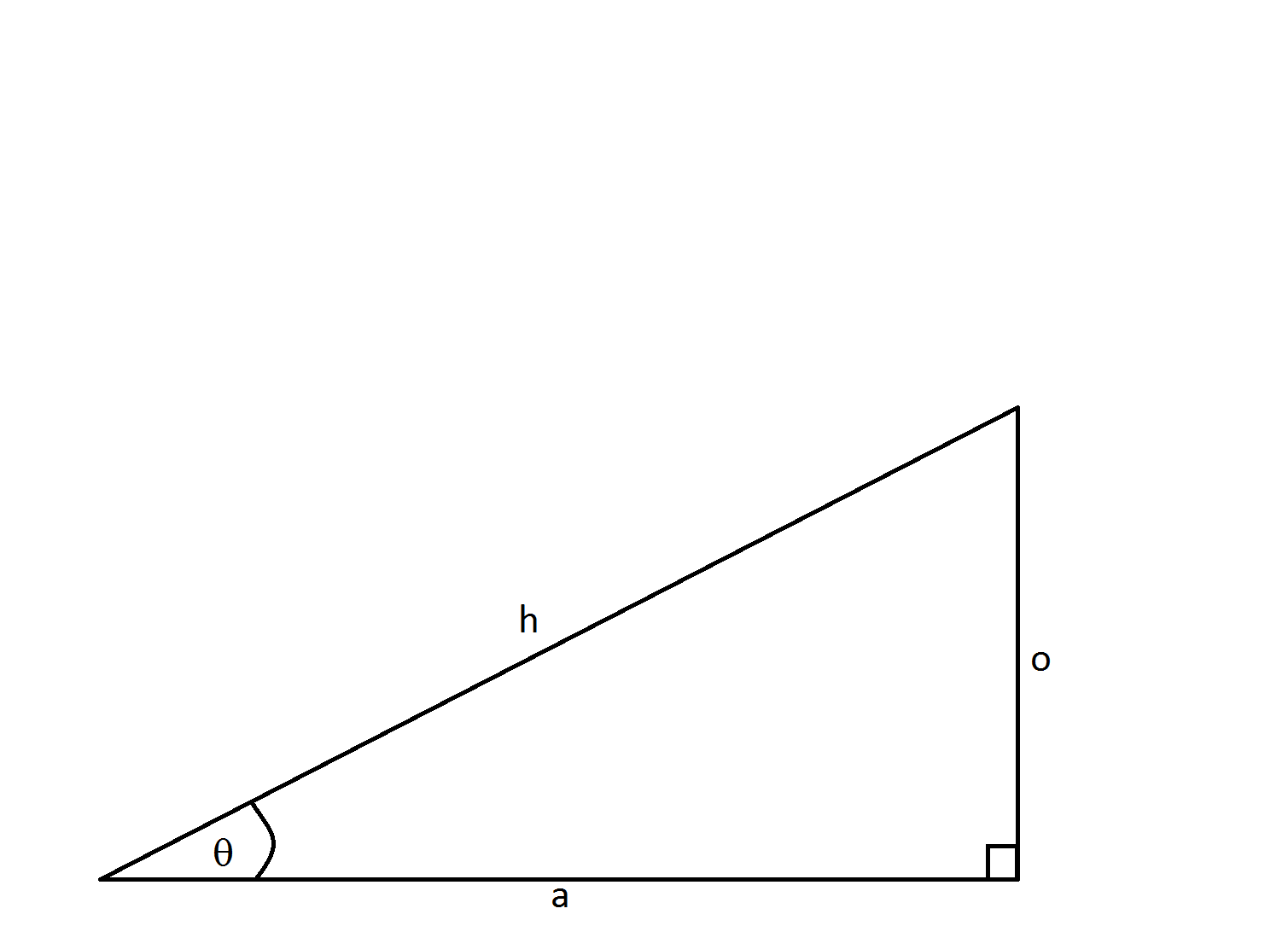All High School Math Resources
Example Questions
Example Question #11 : How To Find The Length Of The Side Of A Right Triangle
Given a right triangle, solve for the missing leg if one leg is 12 and the hypotenuse is 13.
Since the traingle is a right traingle, we can use the Pythagorean Theorem to solve for the missing leg:

Example Question #21 : Right Triangles
Find the length of segment 
The length of segment 
Note that triangles 






which simplifies to 
Example Question #1 : How To Find The Length Of The Hypotenuse Of A Right Triangle : Pythagorean Theorem
Example Question #2 : How To Find The Length Of The Hypotenuse Of A Right Triangle : Pythagorean Theorem

If angle 



Once we see that 

At this point we can use the Pythaogrean theorem (

Plug in our given values to solve:
Example Question #1 : How To Find The Length Of The Hypotenuse Of A Right Triangle : Pythagorean Theorem

If angle 



Once we see that 

At this point we can use the Pythaogrean theorem (

Plug in our given values to solve:
Subtract 
Example Question #4 : How To Find The Length Of The Hypotenuse Of A Right Triangle : Pythagorean Theorem
A right triangle has legs of 

To solve this problem, use the Pythagorean theorem: the sum of the square of the legs equals the square of the hyoptenuse or, mathematically, 
Plug in our given values.


This is going to be true of all isoceles right triangles: the pattern will always be 
Example Question #1 : How To Find The Length Of The Hypotenuse Of A Right Triangle : Pythagorean Theorem
A right triangle has legs of 

To solve this problem, use the Pythagorean theorem: the sum of the square of the legs equals the square of the hyoptenuse or, mathematically, 
Plug in our given values.


Example Question #3 : How To Find The Length Of The Hypotenuse Of A Right Triangle : Pythagorean Theorem
Solve for 

Solve for 
Example Question #31 : Right Triangles

If 


Not enough information to solve
This problem is solved using the Pythagorean theorem 



Using the labels of our triangle we have:
Example Question #21 : Right Triangles
If one of the short sides of a 45-45-90 triangle equals 5, how long is the hypotenuse?
5√2
π
5
√15
√10
5√2
Using the Pythagorean theorem, x2 + y2 = h2. And since it is a 45-45-90 triangle the two short sides are equal. Therefore 52 + 52 = h2 . Multiplied out 25 + 25 = h2.
Therefore h2 = 50, so h = √50 = √2 * √25 or 5√2.
All High School Math Resources













 ,
,  , and
, and  are collinear (they lie along the same line).
are collinear (they lie along the same line).  ,
,  ,
,  ,
, 
























































































